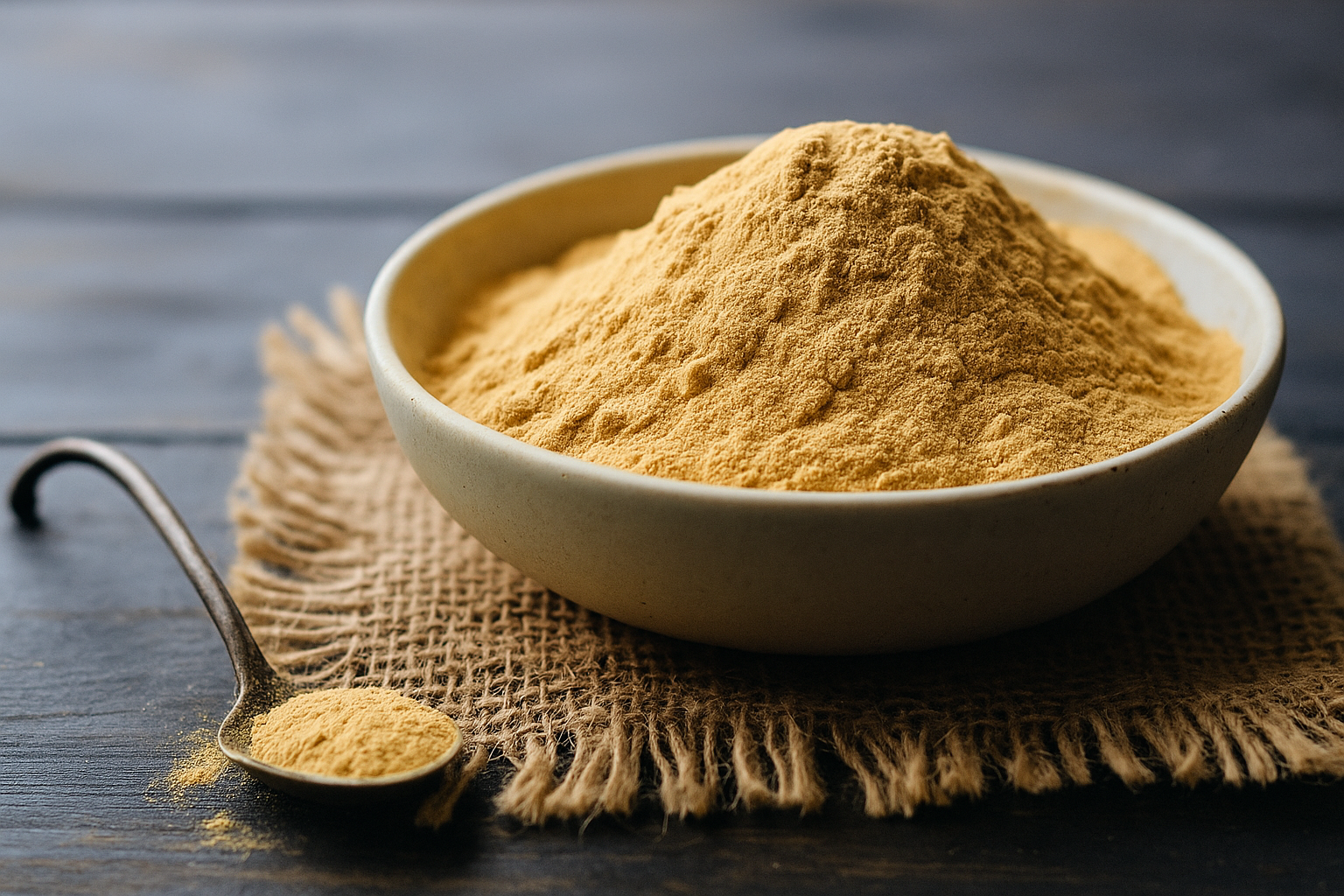Why Liver Health Can’t Be Ignored
The liver is one of the body’s most vital organs—responsible for detoxifying blood, regulating metabolism, and supporting digestion. Yet, liver disease often develops silently, progressing over time without clear warning signs. By the time symptoms appear, the damage may already be significant. Understanding the four stages of liver disease—and recognizing subtle clues like changes in urine color—can be critical for early detection and prevention of life-threatening complications.
Liver disease is on the rise globally. According to the American Association for the Study of Liver Diseases (AASLD), conditions like Metabolic Dysfunction-Associated Steatotic Liver Disease (MASLD) and its more severe form, MASH, are now affecting over 25% of adults worldwide. Early action is essential—and knowing what your body is trying to tell you might just save your liver.
What Are the 4 Stages of Liver Disease?
Liver disease doesn’t develop overnight—it progresses gradually, often without symptoms in early stages. Understanding the four main stages can help you detect problems sooner and prevent serious complications. Surprisingly, even your urine color may offer early clues about your liver’s condition.

Stage 1: Normal Liver
A healthy liver performs over 500 vital functions, including:
- Filtering toxins from the blood
- Regulating hormones
- Producing bile for digestion
- Storing nutrients and energy
Key Insight: This is the baseline of good liver health. Regular exercise, a balanced diet, and limited alcohol intake help keep the liver functioning at its best.
Recommendations:
- Maintain a healthy weight
- Follow a Mediterranean-style diet
- Avoid excessive alcohol
- Exercise at least 150 minutes per week
- Get routine liver function tests if you’re at risk
Stage 2: Steatosis (Simple Fatty Liver)
Fat begins to accumulate in liver cells due to poor diet, obesity, insulin resistance, or alcohol use.
Symptoms (usually minimal or silent):
- Occasional fatigue
- Mild right upper abdominal discomfort
- Slightly elevated liver enzymes (ALT/AST)
Prognosis:
- Fully reversible with lifestyle changes
- Detected via routine imaging or blood tests
Best Strategy: Lose 5–10% of your body weight, adopt a liver-friendly diet (e.g., Mediterranean), and exercise regularly.
Recommendations:
- Prioritize weight loss (5–10%) if overweight
- Cut out added sugars and ultra-processed foods
- Eat more fiber, lean proteins, and healthy fats
- Avoid alcohol completely
- Monitor blood sugar and cholesterol levels
Stage 3: Fibrosis
Persistent liver inflammation causes scar tissue to form, gradually replacing healthy cells and restricting blood flow.
Symptoms:
- Fatigue and low energy
- Bloating or swelling (especially in the abdomen)
- Mild jaundice (yellowing of skin/eyes)
Diagnosis Tools:
- FibroScan (liver stiffness measurement)
- MRI elastography
- Blood panels (FIB-4, ALT, AST)
Important: This stage may still be managed or slowed, but some damage may be permanent.
Recommendations:
- Continue strict adherence to anti-inflammatory diet
- Consider medications such as resmetirom (under doctor supervision)
- Manage all metabolic risk factors (diabetes, hypertension, lipids)
- Get regular liver imaging and blood tests to track progression
- Consult with a hepatologist for a specialized care plan
Stage 4: Cirrhosis
Severe scarring causes permanent damage and disrupts liver function. The liver may shrink, harden, and fail to perform critical tasks.
Symptoms:
- Jaundice
- Brown or dark urine
- Ascites (fluid buildup in the abdomen)
- Mental confusion (hepatic encephalopathy)
- Easy bruising, bleeding, weight loss
Risks: Liver failure, internal bleeding, liver cancer
Action: Medical treatment becomes urgent. In advanced cases, liver transplantation may be necessary.
Recommendations:
- Avoid all liver toxins (especially alcohol and NSAIDs)
- Monitor for complications: bleeding, confusion, infections
- Follow low-sodium, liver-safe diet
- Discuss liver transplant evaluation early
- Stay up to date on vaccinations (hepatitis A, B, flu, COVID-19)
Cirrhosis is often irreversible. Early liver transplantation evaluation may be needed in advanced cases.
What Urine Color Can Reveal About Liver Health
Urine color can offer surprising clues to liver health. Here’s a medically reviewed chart of what to watch for:

| Urine Color | Possible Meaning |
|---|---|
| Clear | Overhydration, but not liver-specific |
| Light Yellow | Normal hydration and healthy liver function |
| Dark Yellow | Dehydration or early liver stress |
| Amber | Worsening liver strain or bile pigment concentration |
| Orange | Possible bile duct obstruction or medication side effect |
| Brown / Tea-Colored | Elevated bilirubin—may signal advanced liver disease or hepatitis |
| Foamy / Frothy | Possible protein imbalance—sometimes linked to cirrhosis or liver-kidney issues |
Note: Urine color alone is not diagnostic. Always consult a healthcare provider if unusual urine color is accompanied by:
- Fatigue
- Abdominal pain
- Yellowing of skin or eyes (jaundice)
- Digestive issues or bloating
Key Takeaways and Action Steps
- Liver disease advances through 4 stages: normal liver, steatosis, fibrosis, and cirrhosis.
- Early symptoms are often mild or absent, making regular screening critical.
- Watch for changes in urine color, abdominal swelling, fatigue, and jaundice.
- Lifestyle changes (like weight loss and adopting a Mediterranean diet) are effective, especially in the early stages.
- FDA-approved treatments like resmetirom (Rezdiffra) and semaglutide are showing promise for MASH and fibrosis.
Next Steps: Protect Your Liver Health
If you have risk factors such as obesity, type 2 diabetes, or high cholesterol, talk to your healthcare provider about a liver health screening. Don’t wait for symptoms—early action saves lives.
- Schedule a liver panel.
- Monitor your urine color and energy levels
- Stay informed with updates from the AASLD.
Share This Article
Raise awareness—share this article with friends or family who may be at risk. The earlier liver disease is detected, the greater the chance for full recovery.


